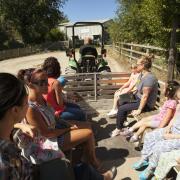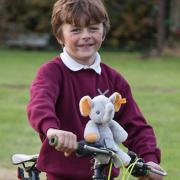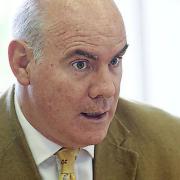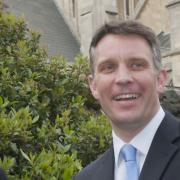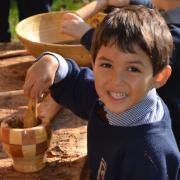War brought Dulwich College Prep to Cranbrook and now the school is celebrating 75 years in the Wealden countryside
Autumn 1939 and John Leakey, Headmaster of Dulwich College Prep in London, started to prepare plans for an emergency evacuation camp to be constructed in the orchard on his father-in-law’s land at Coursehorn in Cranbrook. There were six wooden huts, a few bell tents, a marquee and some camp kitchen equipment.
After much preparation at the Cranbrook end, on 1 September the train taking 135 boys aged five to 13 set off from West Dulwich Station. They arrived after 9pm at Cranbrook Station and in the pouring rain made their way by car, sheep lorry and on foot to the camp three miles away.
The camp gradually developed, thanks to parents who owned lorries sending them down to Cranbrook with supplies. There were large quantities of school furniture, books and equipment, lockers, beds, gym equipment, pianos, etc. lying about in the orchard until John Leakey’s wife Muff and her helpers took order. The five and six year olds were educated in the waiting house at Benenden School under the watchful eye of Miss Dickson.
Gradually more beds were brought down from London and electricity and a tannoy system installed. After a year, increasingly large numbers of children were returning to London, so Mr Leakey decided to re-open the school in Dulwich in January 1940.
An extract from The Kentish Express notes:“The only School Evacuation Camp at present fully established and working in England is to be found in the rural district of the Weald at Coursehorn, Cranbrook, where 200 boys of Dulwich College Preparatory School have an encampment on most modern and up-to-date lines on an 18-acre estate. The encampment is composed of 15 huts, or what can more suitably be described as temporary wooden buildings. A large oast house has been converted into a recreation room where the boys can occupy their leisure in billiards, ping pong, etc, while one hut has been set aside for draughts and other table games. Work is carried on at Cranbrook School, where the boys attend daily.”
The first winter saw thick snow lying all round the camp and temperatures plunging to -15 degrees C. The road to Cranbrook was impassable for three weeks; nevertheless the boys made the journey four days a week without a break. What was worse was the epidemic of German measles and flu.
With the fall of France to the Germans, Cranbrook became a protected area, and because of the likelihood of machine-gun fire from low-flying enemy planes, shelters were built in each lobby by covering the roofs over with two thicknesses of breeze blocks and erecting walls of sandbags.
Eventually, because of the increasing danger and the worries of parents and after plans fell through to move to the West Country, the 240 boys and staff were moved to the Royal Oak Hotel at Betws-y-Coed in Wales. This was to be the school’s base for the next five years.
Meanwhile, Coursehorn was being used as a camp for troops and in 1944, soldiers had been gathered there in preparation for D-Day. In London there were 300 boys at this stage, apparently undaunted by the increasing air raids and the flying bombs.
On some days the boys had to be hurried off to the air raid shelters 15 times a day. Bombs fell in the playing fields and 300 yards of the school. Within three weeks numbers had fallen to 88 and the school had to be closed. Some staff and children went to Betws and correspondence lessons were set up for pupils who remained in London or who went to relations in the country.
The school re-opened that September with 200 boys and in spring 1945 preparations for the return to Dulwich were made. The old boarding house had been lost in the bombing so Brightlands, a rival school before the war but which had then been closed, was obtained for the boarders.
Unfortunately, no sooner had these arrangements been made than one of the houses took a direct hit from a bomb. John Leakey decided to take over Coursehorn from his mother-in-law and use that as the junior boarding house, after the army had vacated it at the end of the war. The entire school, both in London and at Cranbrook, was scheduled to re-open in September 1945.
Coursehorn began with 40 junior boarders (aged six to 10), who then moved on to Brightlands in Dulwich before leaving for their Public Schools, and 50 day boys, mainly the sons of local farmers.
The school has gone from strength to strength since those early beginnings, and is now well established with 540 pupils set over three departments from ages 3-13, in 50 acres of Wealden countryside.
Without the vision and commitment of John Leakey, none of this would have been possible nor would the celebrations for the school’s 75th year in 2014. n




